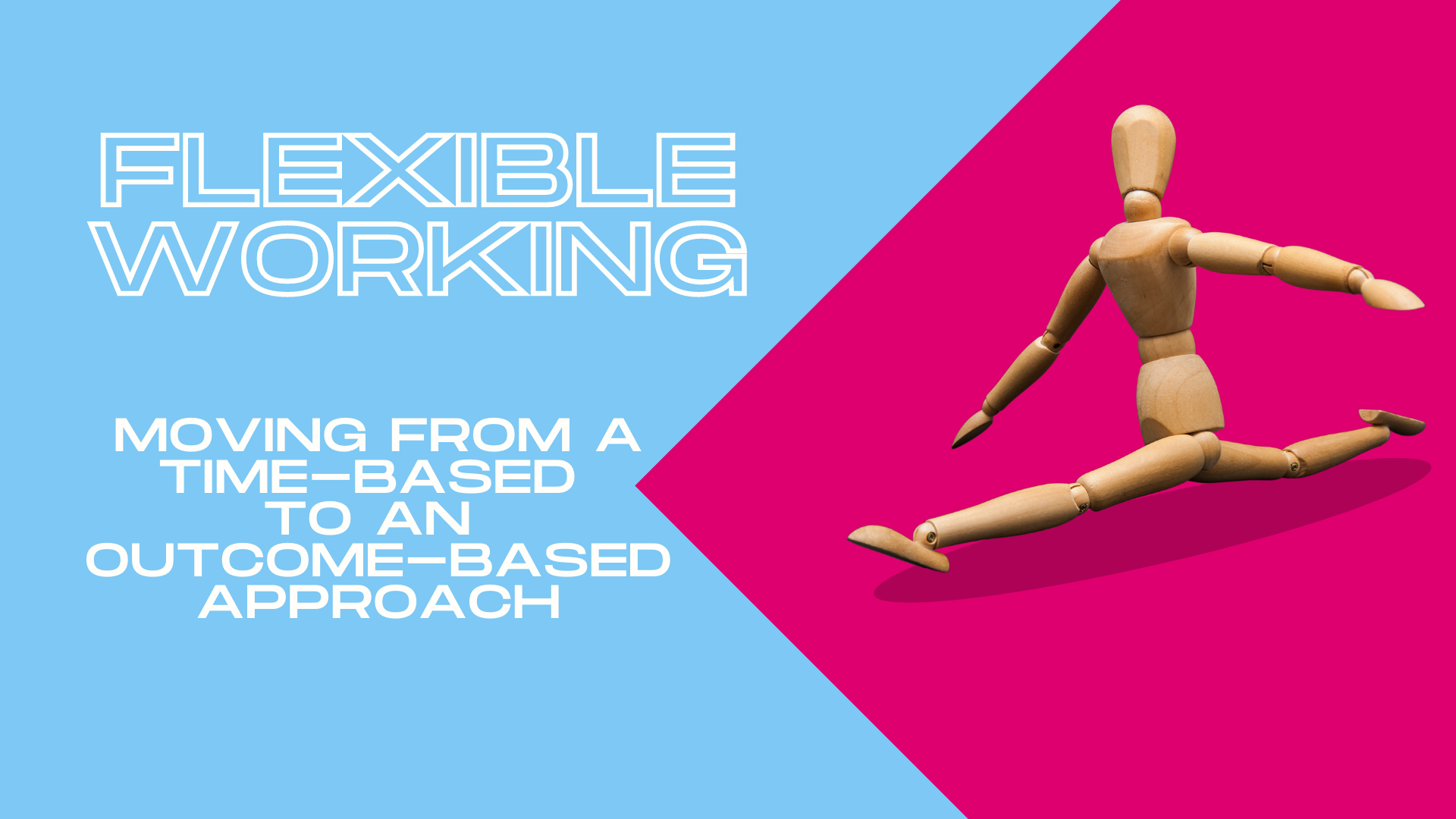Flexible working isn’t new. In fact, research shows that many of us (87%) wanted to work on a more flexible basis in 2018 and 2019. What is new, however, is the many businesses that have continued to adopt either completely remote working or a hybrid model since the pandemic transition.
They have continued to work this way as flexible working results in a better work-life balance, higher productivity, increased motivation, and reduced staff turnover. Not to mention that it’s an employee’s market right now, so many businesses will need to offer flexible working to compete for talent!
While an outcome-based approach leads to these benefits, it is a steep learning curve. Primarily having to change leadership styles and learning to trust that work is getting done. It is doable however. Here is how to make flexible working work for you and your business.
How to successfully implement flexible working
- Make sure that employees have the right technology and tools – we’re not just talking about laptops and phones. To support flexible working, you also need to deploy tools for chat, video and virtual meetings as well as integrating company systems, intranets or social platforms.
- Ensure that your employees have the necessary training –you need to make sure they have the resources and training so that they can use any new software effectively.
- Change your management style – you need to take a more ‘coach-like’ approach and let go of control. Train and support your employees and delegate authority as well as tasks.
- Communicate more frequently – this is essential for building trust and relationships and to minimise misunderstandings. The more you can encourage collaboration and team involvement, the better.
- Celebrate successes – positivity is key when working from home so make a point of celebrating individual and team successes. It does wonders for self-motivation.
- Give your employees more support – some employees may have difficulty managing their workload with their family and other worries, especially if they are going through some personal difficulty. Bear this in mind and actively help them with their work-life balance.
How to move to an outcome-based approach
- Start with the overall business vision and direction – when working virtually, it’s important to communicate the overall vision to your employees. Everything flows from this vision, so keep coming back to it.
- Define high-level business outcomes – next, you should communicate the key business outcome that you are all aiming to achieve. It’s more effective if this outcome reflects the value that your work delivers.
- Help each employee define their own specific outcome – this is essential for remote working! If every individual knows their specific outcome that they are accountable for and how that relates to the bigger picture, it drives them to achieve it.
- Measure performance differently – you will need to use a project management tool to review team activity regularly. You can also distribute employee surveys, monitor and evaluate certain metrics or have regular check-ins with each employee.
These tips will ensure that your business continues to grow and thrive along with your employees, who will be happier and healthier as well.




